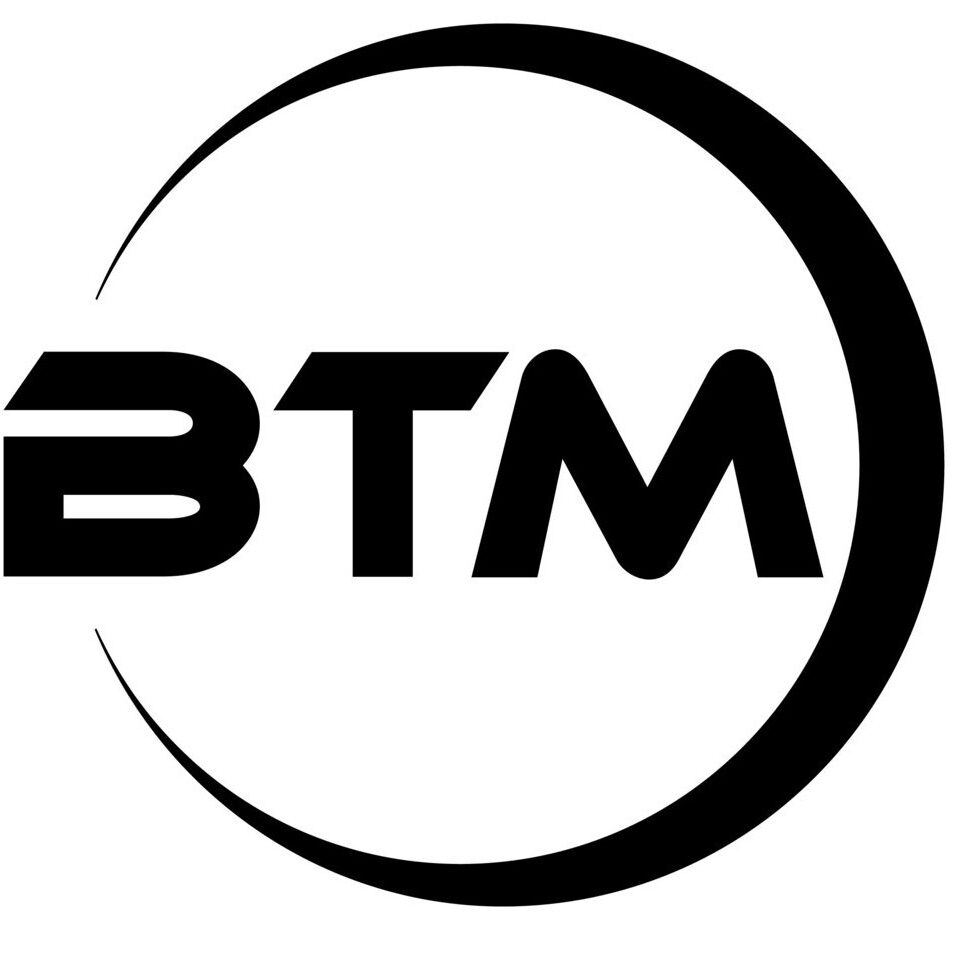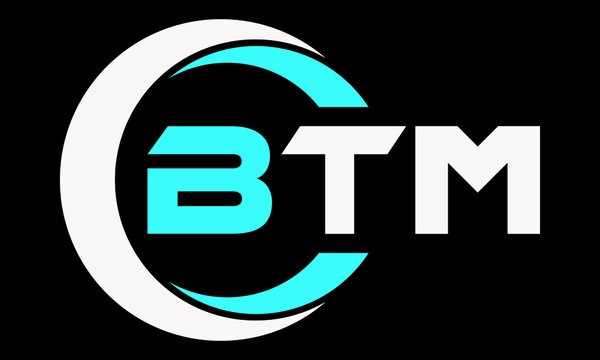In today’s rapidly evolving technological landscape, the Internet of Things (IoT) has become an integral part of our daily lives. From smart homes to industrial automation, IoT devices are increasingly interconnected, collecting and sharing data to improve efficiency and convenience. However, this increased connectivity brings heightened security risks, making it imperative to implement robust encryption methods. Elliptic Curve Cryptography (ECC) has emerged as a powerful tool in this regard. This blog will explore the role of ECC in securing IoT devices, focusing on how ECC implementation can be adapted for low-power, resource-constrained environments typical of IoT applications.
Understanding IoT Security Challenges
The proliferation of IoT devices has led to a vast network of interconnected systems, each with its unique set of security challenges. Unlike traditional computing devices, IoT devices are often limited in terms of processing power, memory, and energy consumption. These constraints make it challenging to implement robust security measures. Moreover, IoT devices are frequently deployed in unprotected environments, making them susceptible to physical tampering and remote cyberattacks. Therefore, the security of IoT devices is not just a luxury; it is a necessity.
The Need for Efficient Cryptography in IoT
Given the resource-constrained nature of IoT devices, traditional encryption algorithms such as RSA (Rivest-Shamir-Adleman) may not be suitable. RSA requires large key sizes to provide adequate security, which in turn demands more processing power and memory, both of which are scarce in IoT devices. This is where ECC comes into play. ECC offers a higher level of security with smaller key sizes, making it ideal for IoT devices that need to maintain low power consumption while ensuring data security.
What is ECC (Elliptic Curve Cryptography)?
Elliptic Curve Cryptography (ECC) is a form of public key encryption based on the mathematical structure of elliptic curves over finite fields. Unlike traditional algorithms, ECC can achieve the same level of security with much smaller key sizes. For example, a 256-bit key in ECC is considered to be as secure as a 3072-bit key in RSA. This efficiency makes ECC implementation highly attractive for IoT devices, where computational resources are at a premium.
Role of ECC in Securing IoT Devices
- Efficient Key Management: ECC allows for efficient key management, which is crucial in an IoT environment with numerous devices. Because ECC uses smaller keys than other cryptographic methods, it reduces the computational overhead involved in key generation, exchange, and storage. This efficiency is particularly important for IoT devices that are required to authenticate and establish secure communications with multiple other devices or servers.
- Reduced Computational Load: One of the main benefits of ECC implementation in IoT devices is the reduced computational load. Smaller key sizes mean that less data is processed during encryption and decryption, which translates into faster performance and lower energy consumption. This is particularly beneficial for battery-operated IoT devices that need to maintain prolonged operation without frequent recharging.
- Strong Security with Lower Power Consumption: The security strength of ECC is comparable to other public-key cryptosystems but with lower power consumption. This is a critical feature for IoT devices that often operate in environments where power availability is limited. ECC’s lower power requirements allow these devices to perform secure data encryption and decryption operations without significantly draining their battery life.
- Enhanced Security in Resource-Constrained Environments: IoT devices are often deployed in environments where resources are limited. ECC implementation provides robust security in such scenarios by minimizing the computational and storage requirements. This makes ECC an ideal choice for embedded systems, wearables, and other small-form-factor IoT devices.
ECC Implementation Strategies for IoT
Implementing ECC in IoT devices requires careful consideration of the device’s hardware capabilities and the specific use cases. Here are some strategies for effectively implementing ECC in IoT environments:
- Hardware Acceleration: Hardware acceleration is a technique where specific cryptographic operations are offloaded to dedicated hardware components. This approach can significantly speed up ECC operations while reducing the power consumption associated with software-based cryptography. Many modern IoT devices include hardware accelerators designed to handle ECC operations, ensuring efficient and secure data processing.
- Lightweight Cryptographic Libraries: Using lightweight cryptographic libraries optimized for low-power, resource-constrained environments can enhance ECC implementation in IoT devices. These libraries are specifically designed to minimize the memory footprint and computational overhead, making them suitable for IoT applications. Examples of such libraries include TinyCrypt and microECC, which provide streamlined ECC functionality tailored for IoT devices.
- Optimized Key Exchange Protocols: In IoT environments, secure key exchange is critical to establishing trusted communication channels between devices. ECC-based key exchange protocols, such as Elliptic Curve Diffie-Hellman (ECDH), provide a secure and efficient method for establishing shared secrets between devices. These protocols are optimized for low-power environments and can be easily integrated into IoT communication frameworks.
- Energy-Efficient Cryptographic Algorithms: Energy efficiency is a primary concern for IoT devices operating on limited power sources. ECC implementation can be further optimized by selecting energy-efficient cryptographic algorithms that minimize computational complexity and power consumption. These algorithms can be tailored to the specific needs of IoT devices, ensuring a balance between security and energy efficiency.
Challenges in ECC Implementation for IoT Devices
While ECC offers numerous advantages for IoT security, its implementation is not without challenges. One of the primary challenges is ensuring compatibility with a wide range of IoT devices, each with its own hardware and software specifications. Additionally, ECC implementation requires careful management of key generation and distribution processes to prevent potential security breaches.
Another challenge is the potential vulnerability to side-channel attacks, where attackers attempt to extract cryptographic keys by analyzing the physical characteristics of a device, such as power consumption or electromagnetic emissions. To mitigate these risks, developers must implement robust security measures, such as constant-time algorithms and secure memory management, to protect ECC implementations in IoT devices.
Future of ECC in IoT Security
As the IoT landscape continues to expand, the demand for secure and efficient cryptographic solutions will only increase. ECC is well-positioned to meet this demand, offering a scalable and adaptable solution for securing IoT devices in a connected world. Future advancements in ECC technology, such as post-quantum cryptography and improved hardware acceleration, will further enhance its applicability in IoT environments.
Conclusion
ECC implementation in IoT devices provides a robust and efficient solution for enhancing security in a connected world. Its ability to deliver strong security with low computational overhead and power consumption makes it ideal for the resource-constrained environments typical of IoT applications. By adopting ECC, IoT device manufacturers and developers can ensure their products are secure, efficient, and ready to meet the challenges of an increasingly interconnected world. As the IoT ecosystem continues to evolve, ECC will play a crucial role in safeguarding the data and devices that power our modern lives.






